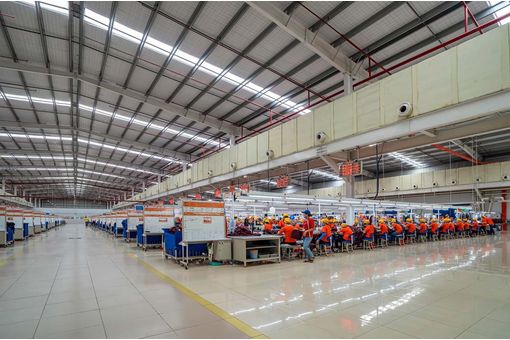Global supply chains tighten as economic optimism grows

Insights
- In January 2024, the global supply chain saw a reduction in spare capacity, with the GEP Global Supply Chain Volatility Index indicating a move towards a tighter landscape.
- Disruption in the Red Sea led to higher transportation costs and increased safety stockpiling. Improvements in demand and robust supply conditions hint at a stronger 2024.
A significant factor contributing to the tightened supply chain was the disruption in the Red Sea, which escalated transportation costs to a 15-month high in January. The disruption forced commercial ships to navigate the lengthier Cape of Good Hope route. Additionally, there was a modest increase in safety stockpiling, with businesses reporting the highest levels of inventory building since last June, driven by supply or price anxieties, although still below the peak levels experienced during the 2021-2022 post-pandemic supply crunch.
Regionally, the impact varied, with Asia witnessing a surge in supply chain activity, reaching its highest point in nearly a year. This was buoyed by a rebound in factory purchasing in China, South Korea, and India, indicating that manufacturers in these countries are preparing for growth. In a similar vein, suppliers to North America and Europe experienced a reduction in spare capacity in January, reflecting an anticipation of increased demand. The UK's suppliers also saw decreased slack, a significant development considering the country has faced 19 months of subdued demand.
The key findings from January 2024 provide a nuanced view of the global supply chain landscape. The demand for raw materials remained subdued but showed signs of improvement, marking the mildest decline since April of the previous year. Inventories saw a safety stockpiling uptick to a seven-month high in January, spurred by the Suez Canal disruption, prompting companies to build inventory buffers. Despite these challenges, the global supply conditions remained robust, with reports of item shortages among the lowest seen in four years.
Labor shortages did not significantly impact global suppliers, with reports of backlogs due to a lack of staff holding close to historically typical levels. The spike in global transportation costs to a 15-month high in January further underscores the challenges and adjustments within the global supply chains.
Fibre2Fashion News Desk (DP)
































-Ltd..jpg?tr=w-120,h-60,c-at_max,cm-pad_resize,bg-ffffff)





.jpg?tr=w-120,h-60,c-at_max,cm-pad_resize,bg-ffffff)
.jpg?tr=w-120,h-60,c-at_max,cm-pad_resize,bg-ffffff)






